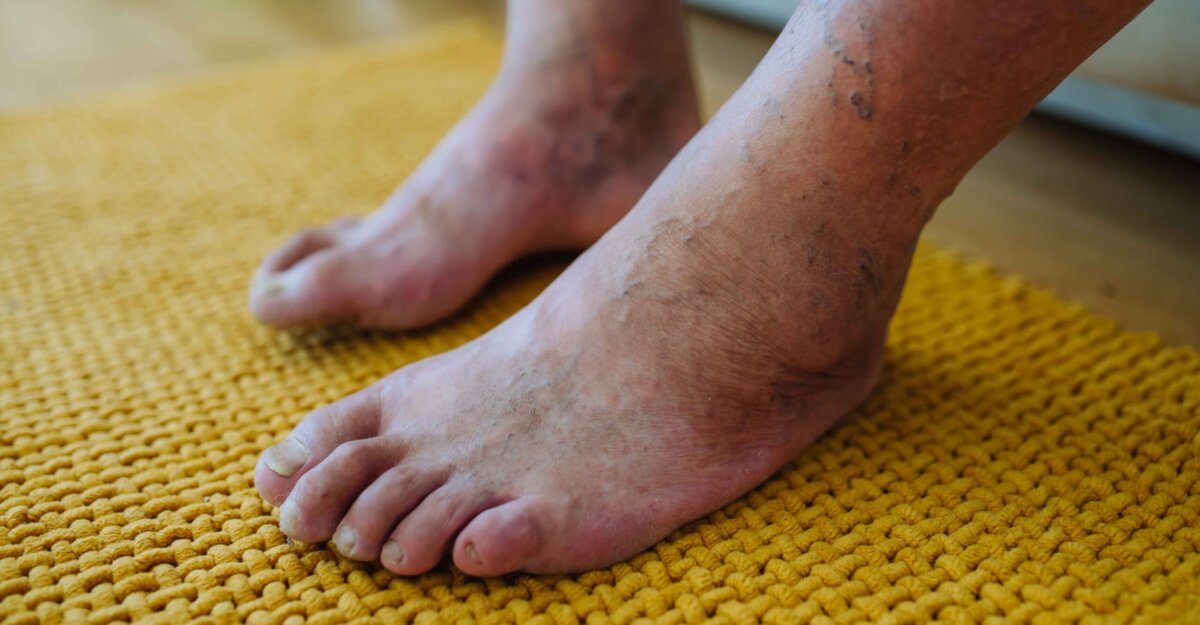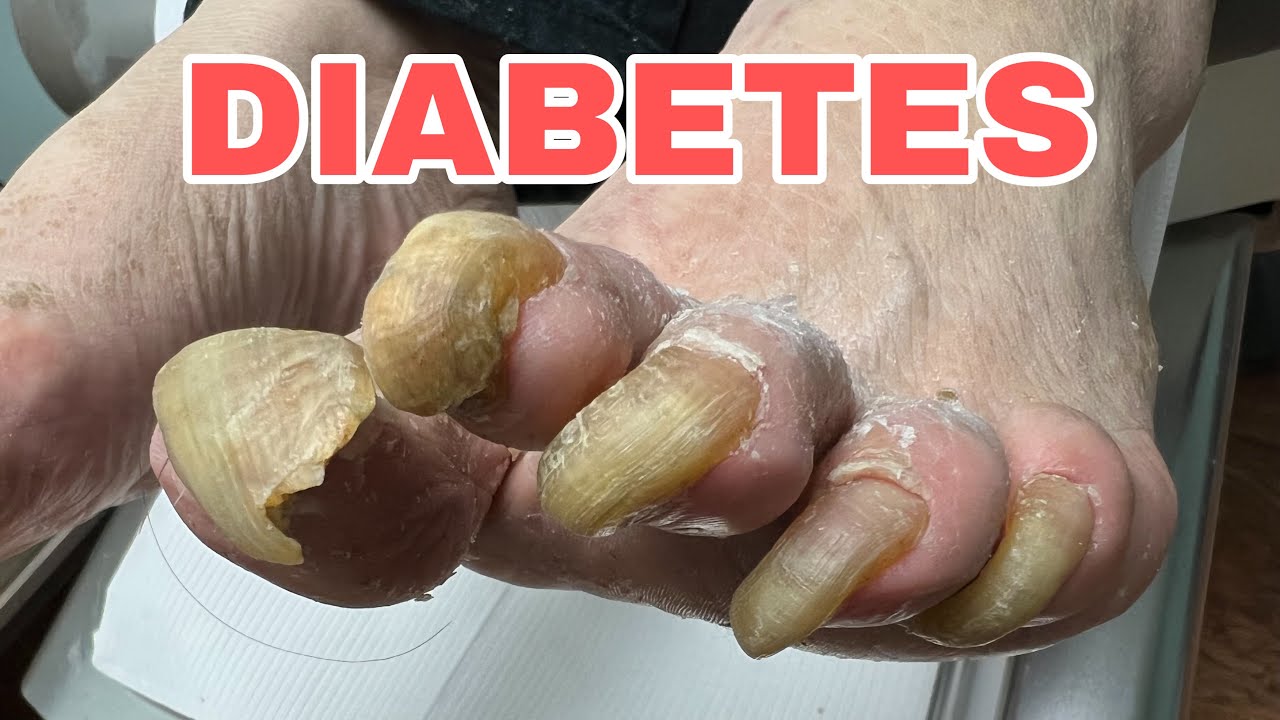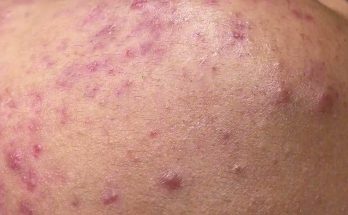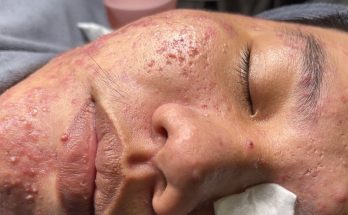
Black Toenails & Diabetes
Changes in the diabetic foot can happen fast: here are the signs and types clinicians in wound care need to look for. As a wound care professional, chances are you’ve treated a number of nail conditions and abnormalities that occur among the general population.
But when you’re working with diabetic patients, noticing and identifying variations is even more crucial. This is because change can happen more rapidly in the diabetic foot, and pathologies in diabetic toenails can ultimately lead to skin breakdown, foot ulcerations and infection.
So, what causes the nails to change? What exactly should you look for? We’ve got you covered.
Why the change?
Changes in the diabetic toenails are usually due to:
- Poor circulation
- Trauma – which often goes unnoticed due to neuropathy
- General susceptibility to fungal infections, resulting from high levels of glucose in the blood
What to look for in diabetic toenails
The first toenail change you’ll notice in diabetic patients is likely to be discoloration. Most have some yellowing of the nails, though the shade and involvement can vary. Discoloring may start at the distal edge (tip) and run all the way to the root of the nail bed. The shade can be a light yellow, brown-tinged, or even canary yellow.
Dark toenails & black spots: What do they mean?
When you see red, brown or black toenails, it’s often a subungual hematoma – or collection of blood under the nail – which may result from acute or chronic trauma. Since cancerous melanoma can lead to black toenails, once you’re able to rule out trauma, check for a malignancy.
Types of diabetic nail changes and conditions
In addition to nail discoloration, be on alert for these types of changes in the diabetic foot:
Pincer toenail or trumpet nail
An extreme curvature that increases distally, like a trumpet or cone formation. As the nail rolls or curls inward, it can cause skin breakdown and ulceration, and be extremely painful for the patient (unless neuropathy is also present). Once again, ill-fitting shoes can add to the problem, as well as bone spurs and fungal infections. Some patients also have a hereditary predisposition toward nails that curl in this formation.
Onychauxis
A thickening or hypertrophy of the nail plate of the toenail (without deformity). It typically includes discoloration or a loss of translucency. Though onychauxis can be a natural part of aging, it is also a common symptom of diabetes. Unfortunately, thick toenails can be very difficult for the patient to maintain, which may result in deformities such as a Ram’s Horn (described below).
Onychocryptosis
Also known as an ingrown toenail, this is when the nail grows into the subcutaneous tissue along the sides of the nail. In a non-diabetic, this can be a very painful condition. In a diabetic patient, however, peripheral neuropathy may inhibit sensation, and the condition may progress without the patient’s notice. You’re more likely to observe ingrown toenails in a chubbier toe, and especially among those whose feet tend to swell. Other causes include ill-fitting shoes, improper cutting of the nail, or previous trauma.
Onychogryphosis
Also known as Ram’s Horn, this is a thickening of the base of the toenail with severe deformity. The nail will have a very curved, hooked appearance. It’s often caused by infrequent nail-cutting, which is common among diabetic patients, who are often afraid to trim their nails or embarrassed to ask for help (because of onychauxis and other nail pathologies). Trauma, psoriasis, or foot-to-shoe incompatibility can lead to a Ram’s Horn.
Plicatured nail
The surface of the nail is flat, while one or both edges of the nail plate are folded at a 90-degree angle down into the soft tissue margins, much like the shape of staple. While heredity can play a role, the culprit is likely tight shoes or injury.
Paronychia
A superficial infection of the epithelium lateral to the nail plate. Poor nail cutting is often the culprit. As with other infections, it presents with erythema (redness), edema (swelling), tenderness along the nail fold and fluctuance (a wavelike motion that you’ll feel when palpating the skin).
Onychomycosis
The term for a fungal infection of any part of the nail. As mentioned earlier, diabetic patients are more susceptible to fungi. At the outset, fungal infections are asymptomatic, progressing to cosmetic changes that may alarm the patient – such as discoloration. However, if left untreated, onychomycosis can cause pain, loss of dexterity, and paresthesia (numbness or tingling). Ultimately, it can interfere with standing or walking.
Keep an eye out
Regular visual exams are an essential step when caring for diabetic patients. And when it comes to identifying nail problems that can result in future foot ulcerations, earlier is always better. Footwear assessment is also key to diabetic foot health, given the role that an improper fit can play in creating nail deformities.
Ask your diabetic patients to wear or bring the shoes they normally wear to their diabetic foot exam appointments. This will give you the chance to inspect the shoes for appropriateness and fit to the foot. Regular toenail care is important. Nails that are too long can scratch or cut other toes, the foot, and the leg without the patient’s awareness. Nails that are too short can increase the risk of infection and ingrown nails. How the cuticles are cared for is also important. It is generally safer to avoid trimming the cuticles.
Some providers may advise diabetic patients to trim their own nails after proper instruction. Some providers encourage their patients to have nail care performed by a medical professional, such as a podiatrist. Regular toenail care by a medical professional will decrease the chance of infection, as any small cut raises the risk of diabetic foot infection.
By knowing the types of diabetic foot abnormalities and being aware of nail changes, you can help take better care of your diabetic patients and intervene with proper treatment as soon as possible.



